I'm fixing an audio interface (Scarlett) that was behaving poorly and found a likely culprit - a bulging capacitor. However, it appears to be soldered on the board backwards (based on the `screen on the board!) Given this is a production device it's possible it was screened wrong and assembled right.. this thing was working for many years.
Given that it should have actually exploded, is there a way I can test the board with a multimeter for the actual intended polarity?


